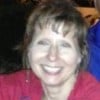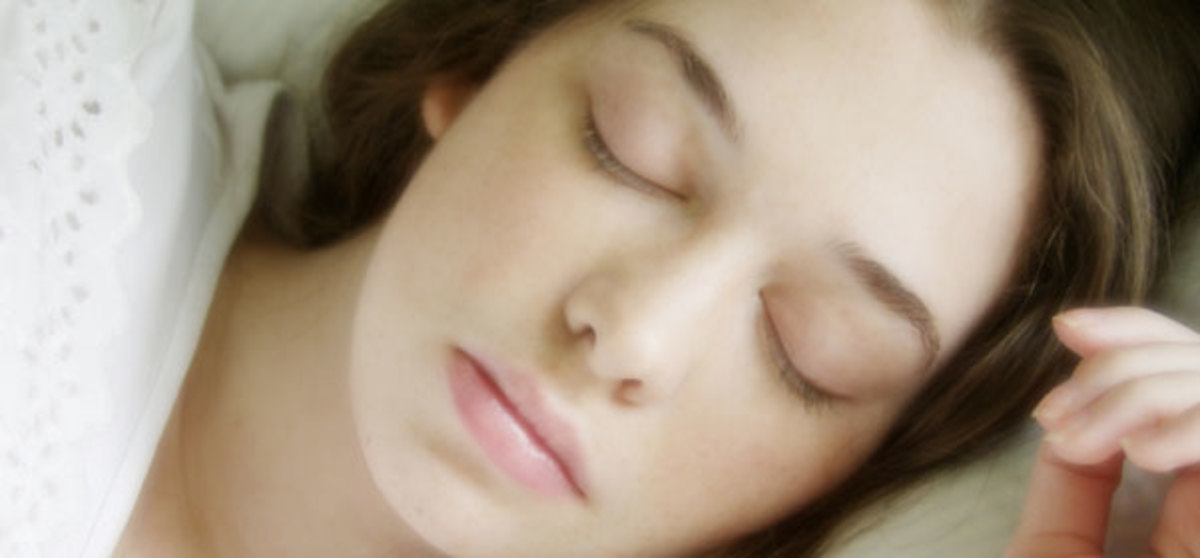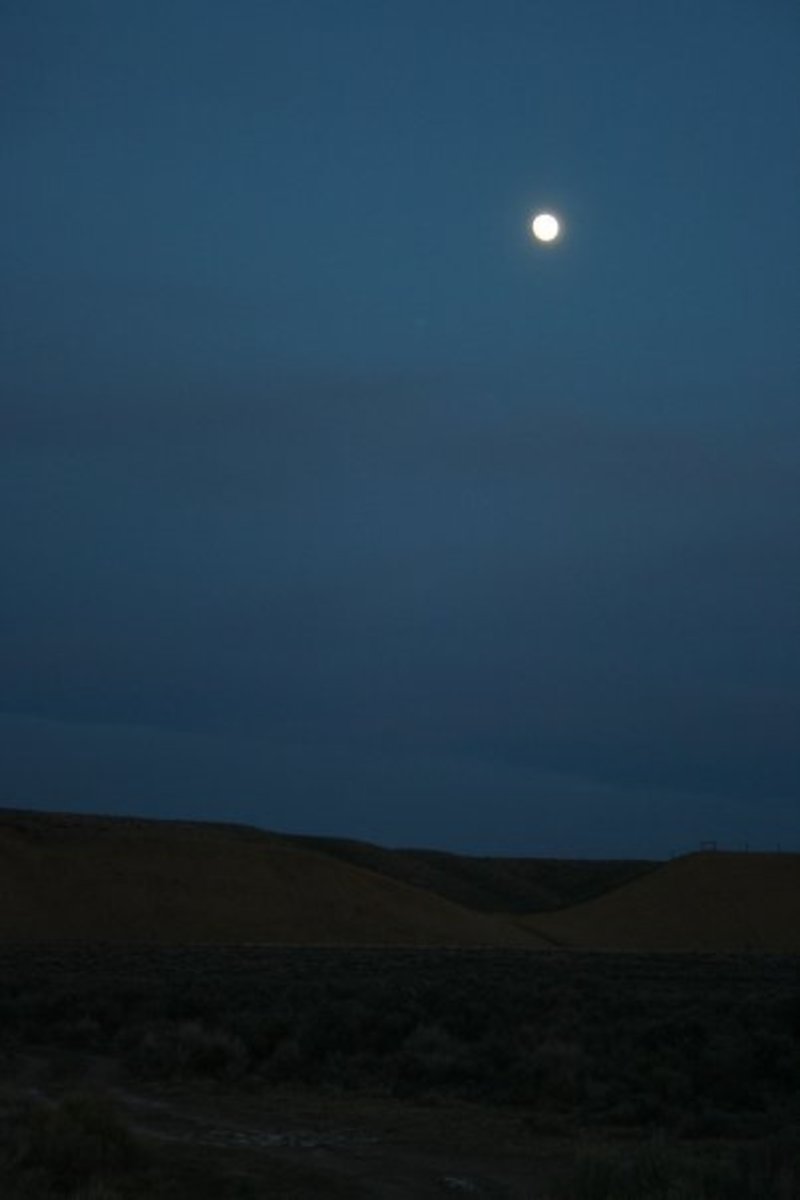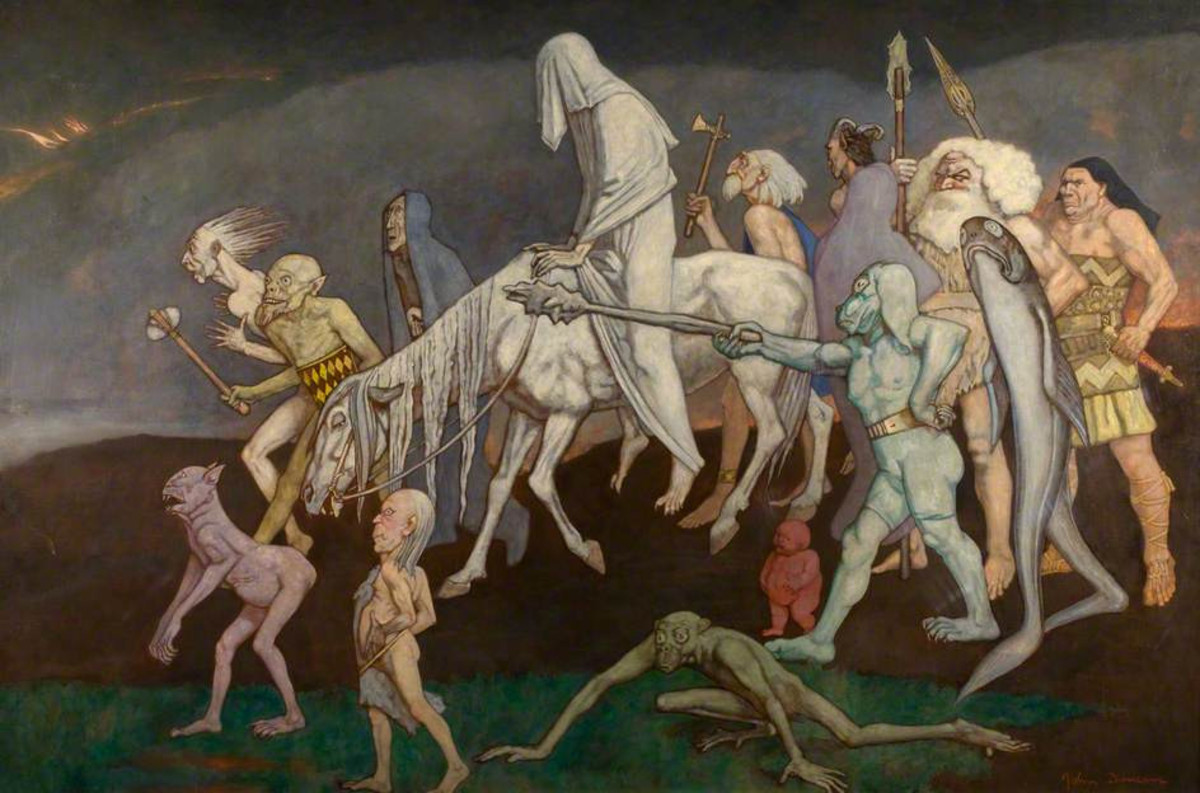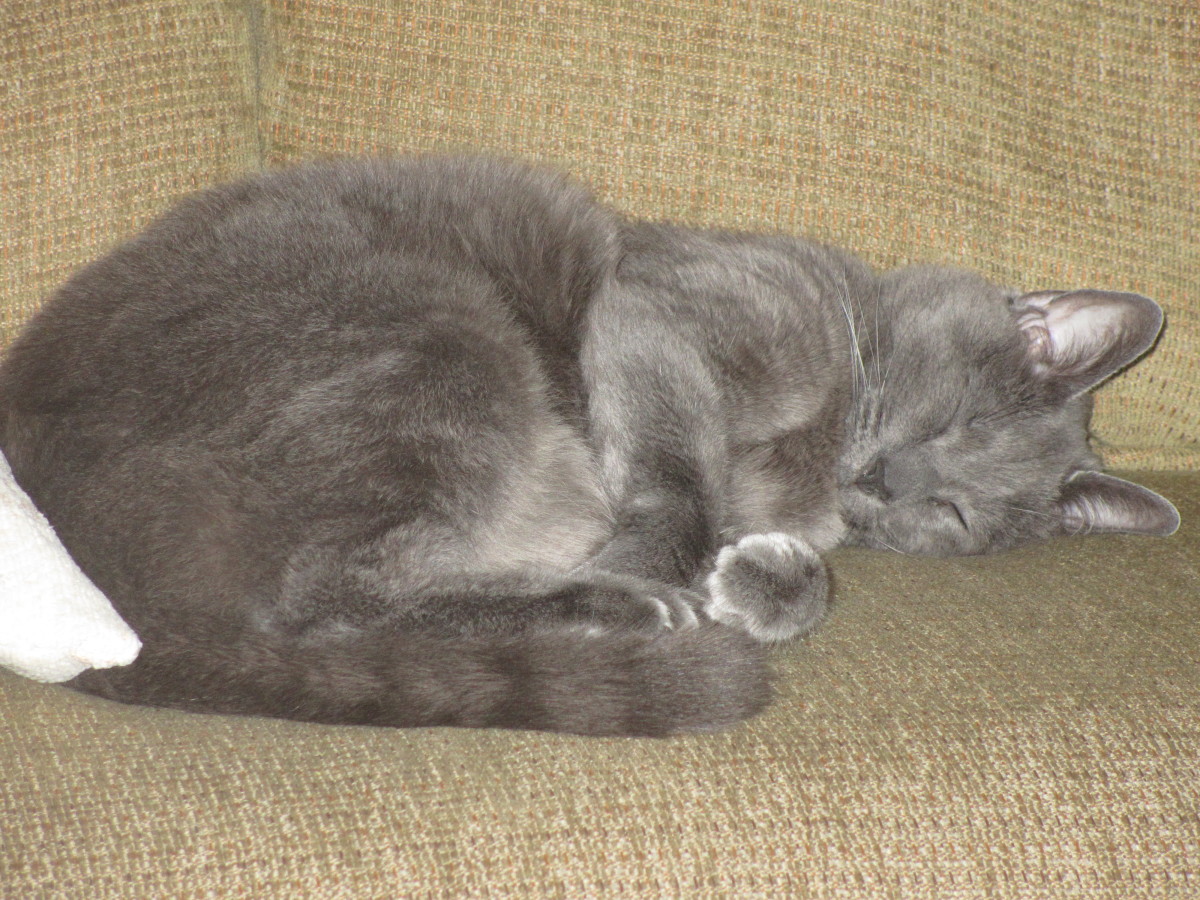Desperately Seeking Sleep
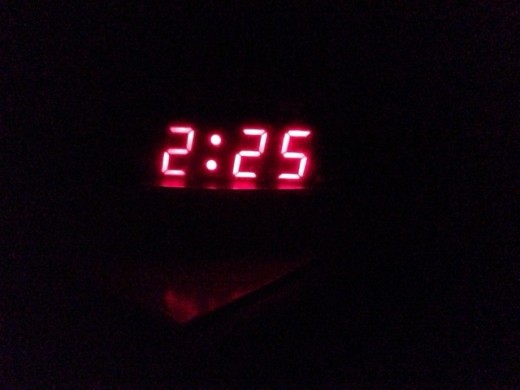
"To sleep, perchance to dream" without being wide awake in the middle of the night.
As creatures of comfort and pleasure, we all have things we seek in life. For some it is money. Others wish for fulfillment, whether in their work or personal life. For myself, I have been seeking something so elusive for the past ten years I have gone to great lengths and personal expense hoping to find it. Sadly, it remains out of reach. I am talking about a good night's sleep.
Beginning in my early forties, I began waking up in the middle of the night and struggling to get back to sleep. Often I was awake for hours, listening to my husband snore lightly, surrounded my darkness in my quiet household where even the dog and cats were sleeping soundly. And resenting every single one of them.
I tried experimenting with differing bedtimes. I tried to feng shui the bedroom. I made sure all electronic devices or anything that emitted even the smallest amount of light was out of the room. I tried herbs, homeopathic remedies, teas, white noise, even prescription drugs. But night after night, I was awake for hours, usually between 2 a.m. and 4 a.m., lying in bed waiting for the sandman to return.
According to an article on Medicaldaily.com, I am not alone. In "Nearly a Third of Americans are Sleep-Deprived," author Christine Hsu reports that thirty percent, or 40.6 million Americans, are sleeping six or fewer hours per night. Citing a study conducted by the Center for Disease Control, Hsu says that those Americans who routinely work the night shift - mainly in the healthcare, transportation and warehousing industries - are most at risk of being sleep-deprived. Also at risk are those who work more than one job, widows, divorcees and recently-separated partners.
The CDC report also indicates that those between the ages of 30 and 44 were most likely to be sleep-deprived.
This statistic is dangerous because workers who do not get enough sleep face an increased risk of injuries to themselves or others around them, according to Hsu. The CDC estimates that nearly 20 percent of all car accidents are due to drowsy driving.
Those who are sleep-deprived are also prone to depression, tend to have weaker immune systems and memory issues, and are also at an increased risk for obesity and high blood pressure, says Hsu.
I know many people who suffer from sleep deprivation, either through stress, job and family commitments or, like me, simply had a difficult time falling or staying asleep. Simply working to reduce stress, eliminating caffeine after a certain time of day, establishing a set bedtime or cutting back on some commitments, according to Hsu, could help those who simply weren't getting to bed early enough. But this article contained no answers for someone like me who seemed to be suffering from some sort of strange "night owl" syndrome.
Several months ago, I came across an article in Taste for Life magazine which explained that perhaps I - as well as many people with my issue - had been approaching the idea of sleep interruption all wrong.
Jane Eklund's article "To Sleep - Perchance to Dream: Wake Up, Sleep Again," says that to understand sleep patterns, we need to go back to a time before electric lights or even oil lamps were the norm. Nighttime, back in the 1500s, was a very frightening place, lit by only the moon and stars, and a time when only criminals roamed the darkened streets. Once the sun went down, people stayed mainly indoors. Because candles were expensive to burn and there was not much else to do, people generally went to bed at dusk.
Roger Ekrich, a historian at Virginia Tech, used documents, literature and personal papers from that time period to piece together a theory that our ancestors actually slept in increments. According to the research, they would wake up at least once over a period of 12 hours. In Ekrich's book At Day's Close: Night in Times Past, Ekrich writes that our forebearers had what he refers to as a "first sleep" and a "second sleep" and cites references to "double dozing" by Geoffrey Chaucer and Charles Dickens, among others.
And just how did they spend that time between their first and second "sleeps?" Ekrich says some people likely did toss and turn, which is exactly what I was doing. Others used that time to chat with other family members who were likely awake, pray, contemplate their dreams, read, smoke, or, well, use your imagination for this last activity.
However, the more active types - if there was sufficient moonlight or they were wealthy enough to afford candles or, later, oil lamps - got up and moved around. They visited their neighbors who were also likely awake or took care of chores like wood chopping or mending clothing.
Once gas and then electric lighting became the norm, people could prolong their daytime activities until well after dark, and the gap between the first sleep and second sleep gradually closed until the idea disappeared entirely sometime in the nineteenth century. Now when that gap in sleep appears in modern times, Ekrich wrote, "people call it insomnia."
But those patterns may still exist within our biology. According to Eklund's article, researchers have successfully created it in lab studies. Thomas Wehr, a sleep researcher with the National Institute of Mental Health, created a study in the 1990s in an effort to mimic these segmented sleep patterns. A group of 15 participants stayed awake ten hours per day while spending the remaining 14 hours in a dark, closed room. At first, the participants slept for long periods, presumably to catch up with lost sleep associated with today's modern world. By week four, however, they began to sleep in segments consisting of two periods of sleep for eight hours with a restful period in between.
What researchers learned from that study was that the human body adjusts to long, dark nights, but artificial lighting and schedules dictated by work, school and social obligations mean that very few people could actually adjust to a double-dose of sleep with a waking period in between. But it is clear that getting eight of sleep is critical, says Eklund, whether it is all at once or in two doses.
What is also clear is that our bodies do not need eight hours of sleep all at once. A study by NASA found that even a 24-minute nap improved the participants' cognitive performance in tasks, and another study conducted by a Harvard psychiatry professor showed that deep sleep, even when obtained during a short napping period, will help our brains decide more efficiently what information to retain and what should be discarded, Eklund says.
In the U.S. our lives typically revolve around an eight-hour nightly sleep pattern, but in other cultures, napping is still the norm. Spain and Latin America are known for their daily "siestas," but other cultures, such as India, embrace napping as well. In China, office workers will typically take a 60-minute sleep break following lunch, Eklund says. Studies conducted by the Mayo Clinic also confirm the benefits of napping, which include less fatigue, mental alertness, and an improvement in mood and performance.
For people like me who have trouble maintaining a steady sleep schedule, the idea of following the natural sleep patterns rather than fight them was intriguing. The next time I found myself staring at the ceiling at 3:00 a.m., I decided to follow the footsteps of my ancestors and get up. I went into another part of the house so as not disturb my still-slumbering family, read a book for about 40 minutes, and was finally feeling relaxed enough to return to bed. Sure enough, I slept the rest of the night.
Since then I regularly get up when my sleep is interrupted. Not only do I read, but I have also tackled small chores such as emptying a dishwasher, working on a scrapbook page or sewing a few buttons back onto garments. One thing I don't do is turn on a television or check my phone out of fear it will actually prolong my period of wakefulness. Within an hour, I am once again ready to get back to sleep.
This pattern has also had an unexpected benefit for another medical issue. I suffer from restless leg syndrome, and the pain often wakes me up. I have found that getting up and moving around relieves the throbbing in my legs.
Will this interrupted sleep pattern be permanent? There is no way to tell. But for the time being, I will follow in the footsteps of my forebearers. If I am going to be wide awake, I may as well use the time to be productive, even if it is at 2:24 a.m.
